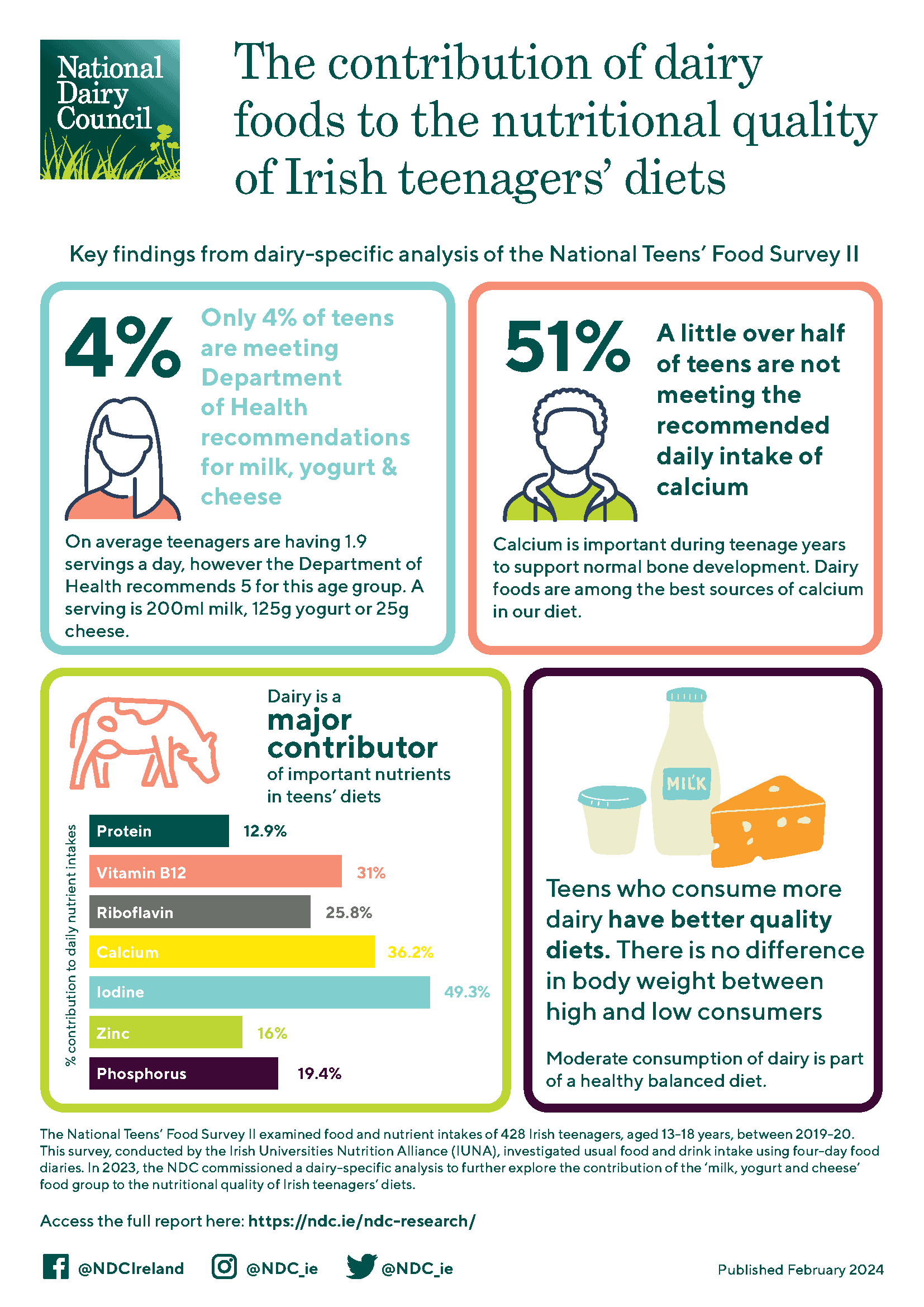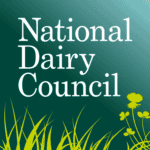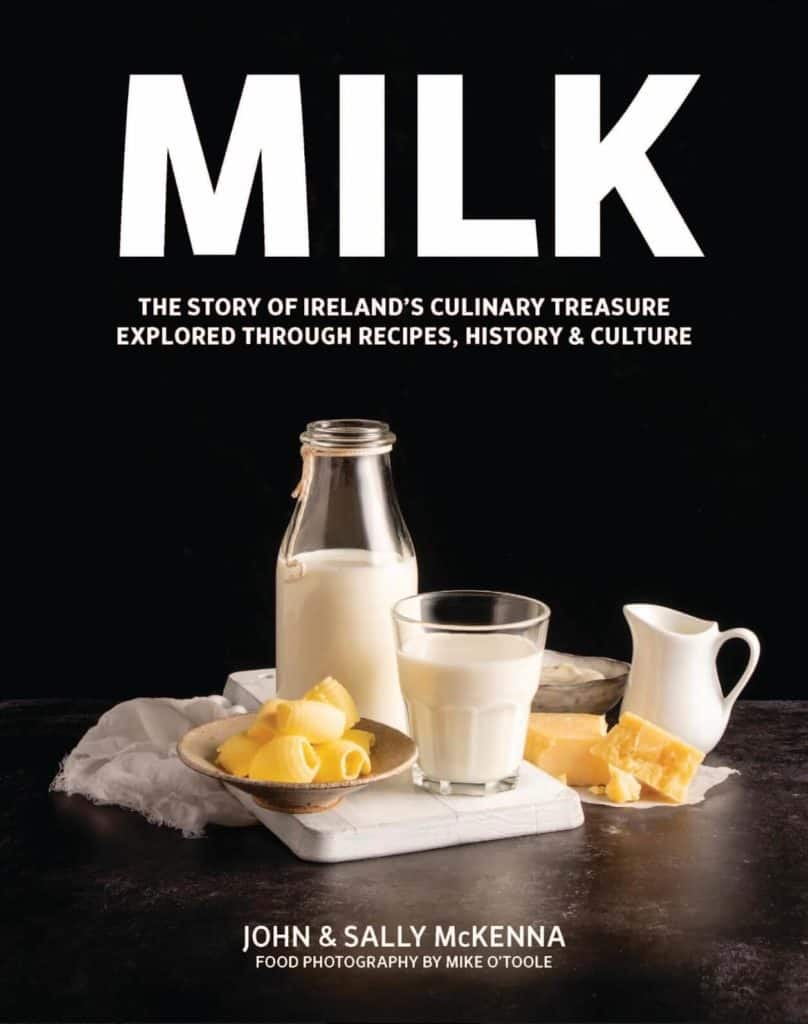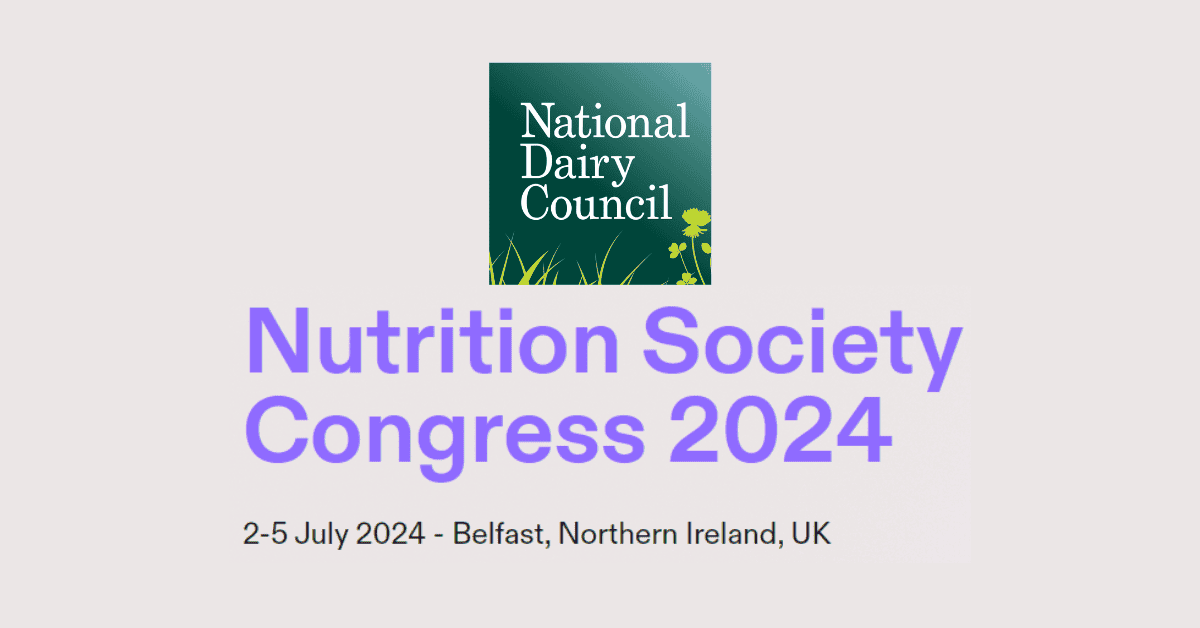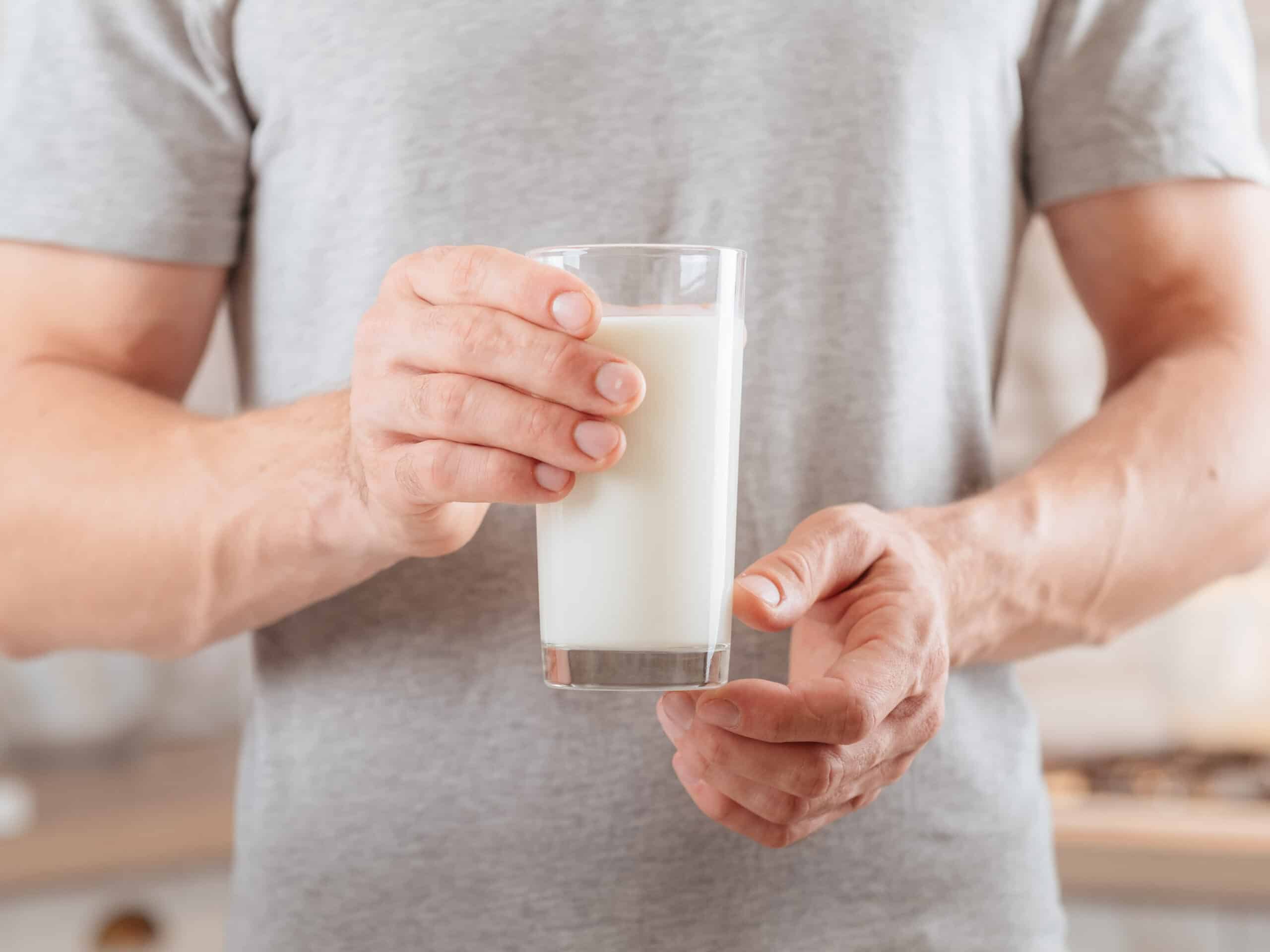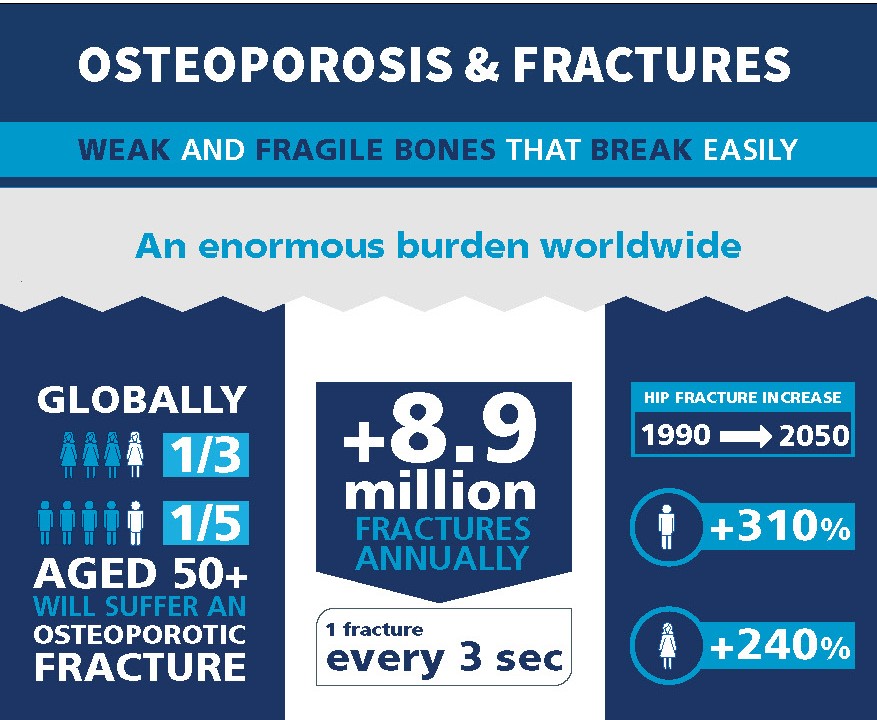Although 98% of Irish adolescents consume dairy, a recent report from the Irish Universities Nutrition Alliance has revealed worryingly low intakes, with only 4% meeting the recommendations set out by the Department of Health’s dietary guidelines.
On average, teenagers were found to consume just under 2 servings of dairy per day. However, the guidelines suggest 5 daily servings from the ‘milk, yogurt and cheese’ food group for those aged 9-18 years, due to higher calcium requirements during the teenage years, with 3 servings recommended for other age groups.
Speaking today at The Nutrition Society Annual Congress held in Belfast, Lead researcher on the study, Dr Breige McNulty from University College Dublin, said
“Consuming enough calcium and vitamin D during the teenage years is critical in helping our bodies to build strong bones for life. We were particularly concerned to see such high levels of inadequate intakes of these key bone nutrients. These nutrients are particularly important as we lay down our bone mass, with vitamin D needed to absorb calcium. It is important that teenagers consume a healthy, balanced diet to support this rapid phase of growth and development.”
Almost 500 delegates from across the UK and Ireland are attending the Congress this week and will discuss and present the latest research in Nutrition Science. Among these, PhD candidate, Emma Kane, from the Institute of Food and Health at University College Dublin will present recent findings.
The IUNA National Teens’ Nutrition Survey assessed food and nutrient intakes in 428 teenagers aged 13-18 years across the Republic of Ireland. A sub-study was commissioned by the National Dairy Council to further explore the contribution of the ‘milk, yogurt and cheese’ food group to the nutritional quality of Irish teenagers’ diets.
Lead researcher Emma Kane said,
“Higher consumers of dairy had a significantly better-quality diet balancing all the necessary nutrients whilst having no difference in their body weight or BMI as compared to low dairy consuming teenagers.
More than half of those surveyed were found to have inadequate intakes of calcium with 94% having inadequate vitamin D intake. Dairy consumption was closely correlated with the intake of several important nutrients and higher consumers of dairy were found to have an overall higher diet quality, compared to low consumers. Indeed, dairy intake was identified as a major contributor to protein, fat, vitamin A, vitamin B2, vitamin B5, vitamin B12, calcium, iodine, zinc and phosphorous intakes. No differences in body weight were observed between higher and lower consumers of dairy.
Intakes of fruit and vegetables were also low in this age group, while ‘top shelf’ foods such as ‘biscuits, cakes and pastries’ and ‘sugars, confectionery, preserves and savoury snacks’ accounted for 21% of calorie intake. Overall, these findings highlight room for improvement in the diets of Irish teenagers and a need to make healthier options more convenient and appealing. The versatility of dairy foods makes it easier to include them in different meals or snacks across the day. For example, milk is ideal over wholegrain cereal or in a fruit smoothie; yogurt is ideal as an after school snack; and cheese makes a tasty addition to a sandwich or grated over a baked potato.
Visit the National Dairy Council’s website, www.ndc.ie, for recipe ideas and a free copy of their booklet, ‘Nutrition & You Teenagers’. You can also find the full report of Dairy intake in the National Teen’s Food Survey (click for full report or key findings).
For further information or to arrange an interview please contact Cathy Curran at NDC, Mobile: 086 8777 664 or ccurran@ndc.ie
